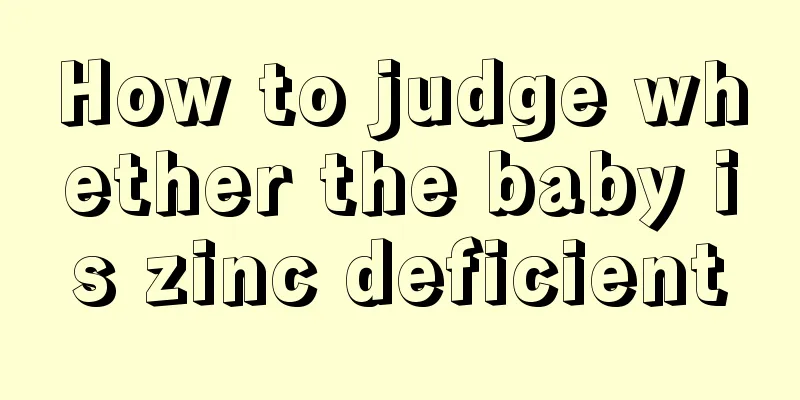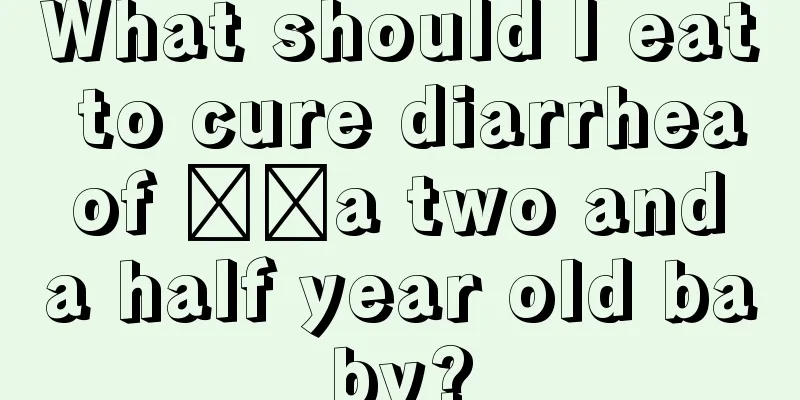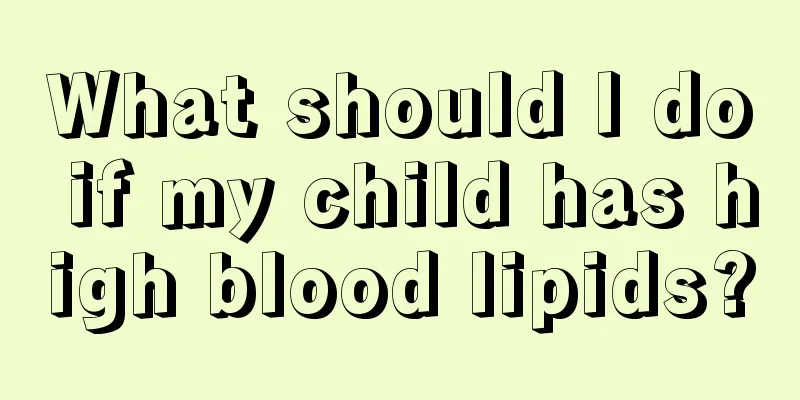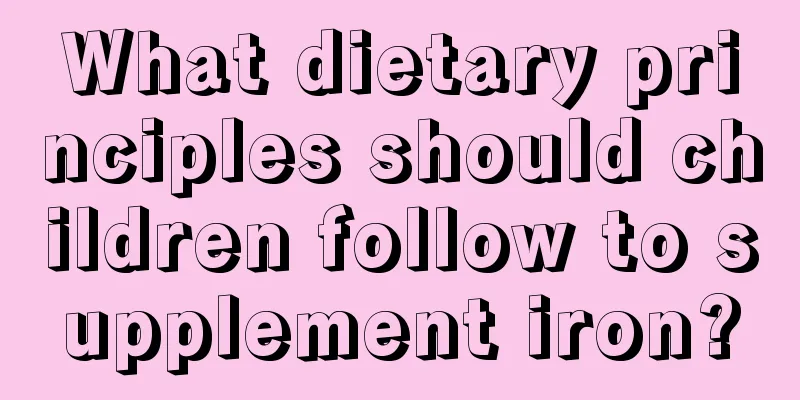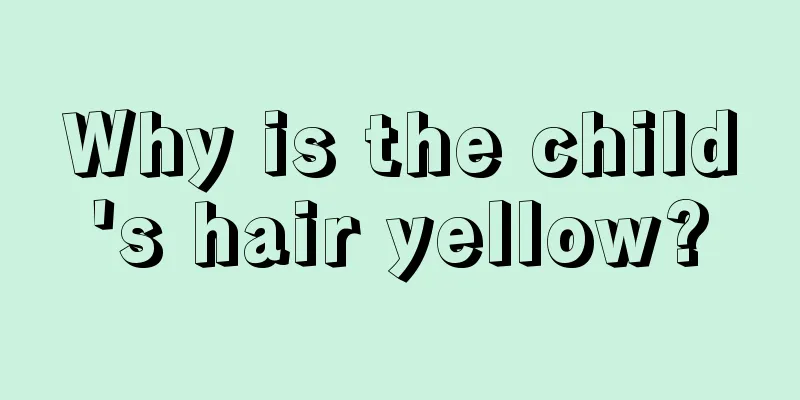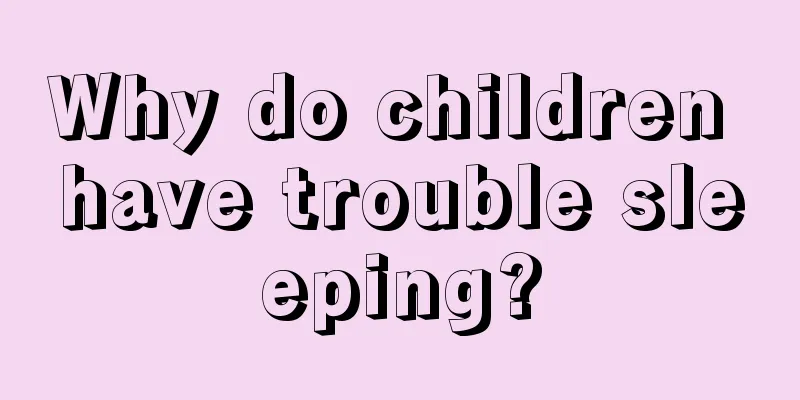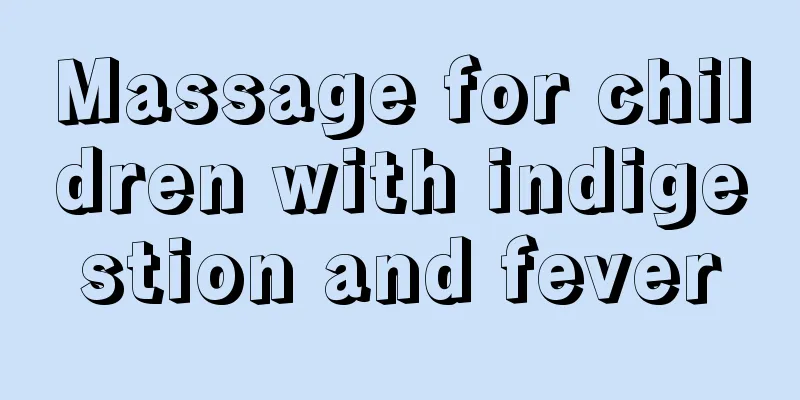Treatment of asthma in children
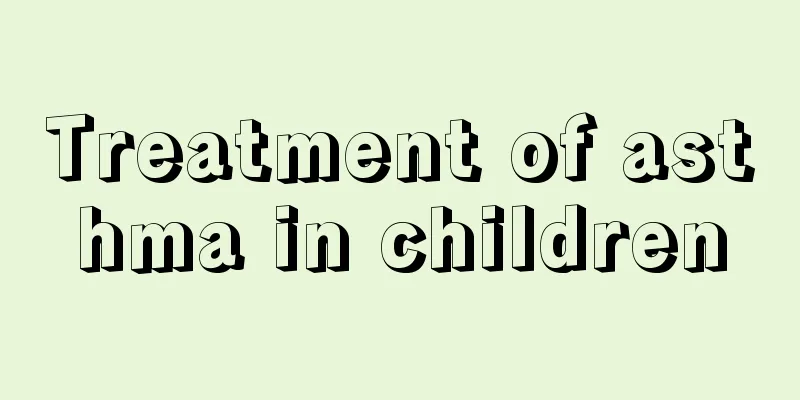
|
If a child suffers from asthma, it will seriously affect the patient's physical health. The incidence of childhood asthma is very high, which will affect the child's growth, development, studies, and life. If childhood asthma is not treated in time, it is easy to transfer to adult asthma, which will lead to long-term treatment. What is the treatment method for childhood asthma? The cause of childhood asthma is not very clear. It may be related to many factors, such as environment, race, climate, genetics, bad living habits, etc. Some children develop the disease more acutely, while others develop it more slowly. Symptoms include coughing, wheezing, and even difficulty breathing. There are several options for treating asthma in children. Treatment measures: (1) General measures: A. Correct hypoxemia: Severe hypoxemia can lead to multiple organ damage and even death. Oxygen should be inhaled as soon as possible (nasal tube or mask). Usually a relatively high oxygen flow rate (3-8L/min) is required to correct hypoxemia and bring the blood oxygen saturation to above 95%. B. Pay attention to fluid replenishment to avoid sticky sputum. However, the amount of fluid replacement should not be too much to avoid inducing acute pulmonary edema. C. Monitor blood potassium concentration: Both glucocorticoids and β2 receptor agonists can cause hypokalemia, so blood potassium concentration should be monitored during medication and potassium supplementation should be given according to blood potassium levels. (2) Rapidly relieve airway spasm: A. β2 receptor agonists: Nebulized inhalation is the first-line treatment. The bronchodilator effect of intravenous β2 receptor agonists is not better than that of inhaled drugs, and they are prone to produce adverse reactions such as hand tremors, increased heart rate, and arrhythmias. Therefore, they are not suitable for routine use and are only used for: severe asthma attacks with shallow and weak breathing, even coma or respiratory and cardiac arrest; and patients whose wheezing symptoms cannot be controlled by nebulized inhalation of sufficient β2 receptor agonists plus anticholine drugs and systemic corticosteroids. The recommended dose of salbutamol for intravenous infusion is 0.1-0.2 μg/(kg?min). In medical institutions that do not have the above-mentioned drugs, epinephrine 0.01-0.02 mg/kg can be used for subcutaneous injection, but it has obvious adverse reactions such as increased heart rate and blood pressure, and the duration of action is short (<1h). B. Anticholinesterase drugs: The bronchodilator effect of inhaled anticholinesterase drugs is not as good as that of β2 receptor agonists, and the onset of action is slow, so it is not recommended to use them alone. However, the combined use of anticholinesterase drugs with inhaled β2-receptor agonists can enhance the bronchodilator effect and prolong the duration of action, usually without increasing adverse reactions. C. Theanolide: The role of theanolide in acute asthma attacks has always been controversial. It is currently believed that the use of theophylline on the basis of inhaled adequate β2 receptor agonists does not increase the bronchodilator effect, but has the risk of increasing side effects. It is usually not recommended for use in the first 4 hours of treatment in the emergency room. However, intravenous aminophylline is recommended for patients who require hospitalization due to severe and critical asthma attacks. D. Glucocorticoids: Indications for the use of systemic corticosteroids during acute asthma attacks: moderate to severe asthma attacks; poor response to inhaled β2 receptor agonists; worsening of the condition despite long-term oral corticosteroids; history of respiratory failure or need for oral corticosteroids due to acute asthma attacks. In order to ensure that childhood asthma can be effectively treated, parents are encouraged to take their children to regular hospitals for examination and treatment. Do not let childhood asthma linger into adulthood, as this will only increase the burden on the patient. And the older you are, the more difficult it is to treat. Parents are reminded that if their children have symptoms such as coughing and wheezing, they should seek timely treatment. |
<<: alert! Children who eat too much sweets may develop myopia
Recommend
What should I do if my child doesn't gain weight after eating?
In daily life, it is very common for babies to no...
How to treat rhinitis in eight-month-old baby
When a baby comes into this world, he or she will...
Does the baby need to add water to orange juice?
Nowadays, many parents are very concerned about t...
What are the methods for boys to grow taller during puberty?
Many men want to know about ways to grow taller d...
What treatments are effective for children's cough?
Children often cough. There are many reasons for ...
What to do if your baby becomes constipated after adding complementary food
Children's diet requires great care, especial...
Symptoms of penicillin allergy in babies
Penicillin is an antibiotic that is widely used i...
What to do if your child always has itchy scalp
Because the human scalp is always covered with a ...
Why is the child's stool green?
By observing the color of the baby's stool, w...
What should I do if my three-year-old baby has vomiting and diarrhea?
Children are the hope of us parents, and every pa...
How to prevent pimples on children
In fact, many times, people don’t have time to ta...
How to change a child who is introverted and doesn’t like to talk?
The child is introverted and doesn't like to ...
What to do if your baby has colic?
Colic is a symptom that often occurs in infants. ...
How to massage a baby’s runny nose?
Usually there will be some runny nose. When a chi...
What are the dangers of having a chest X-ray taken on a child?
When children have a chest X-ray, radiation may e...
